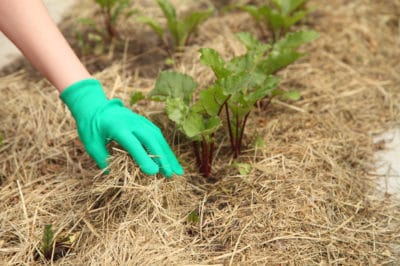Planting Basics
Beets are propagated by seed. Most beets have seed capsules that contain more than one seed. A few have been specially bred to contain only one seed (monogerm beets). When growing beets out of season, you should know that they develop best color and flavor in cool conditions with bright sun. If grown in warm weather, they will be lighter colored and may not be as sweet.
Temperature Matters
Beets germinate best when soil temperatures are between 50°F (10°C) and 80°F (27°C). However, they will still germinate when temperatures are as low as 40°F (4°C) or as high as 90°F (32°C). Beets planted during colder seasons may take as long as two to three weeks to appear above the soil as compared to the usual 5 to 8 days in warmer weather. For a winter crop, sow beets about 10 weeks before you expect the first hard freeze.
Planting Beets in Spring and Fall
Beets sown in spring when the soil is cold and wet may be more susceptible to damping off disease. Beets handle succession planting well. Sow a new batch every three weeks. In spring, you can sow beets 2 or 3 weeks before the last average frost date. Beets take about 45 to 65 days to reach maturity. Take that into consideration when planting.
Beets in Summer
When sowing in summer, soil may dry quickly and crust. Possible solutions:
- Place a strip of damp burlap or board over the row. Remove about 4 days after sowing.
- Place the seeds on the ground, water thoroughly and then place damp potting soil or compost on top of the rows.
- Soak seeds overnight when planting during the summer or if the weather is dry and windy.
Using Containers to Advantage
Planting beets in containers can be helpful when planting outside the normal season. It’s easier to keep small plants in pots from becoming waterlogged. Containers can be moved into the garage if a hard freeze threatens. Planting in containers also allows you to move the plants to take best advantage of low light levels in fall and winter.
